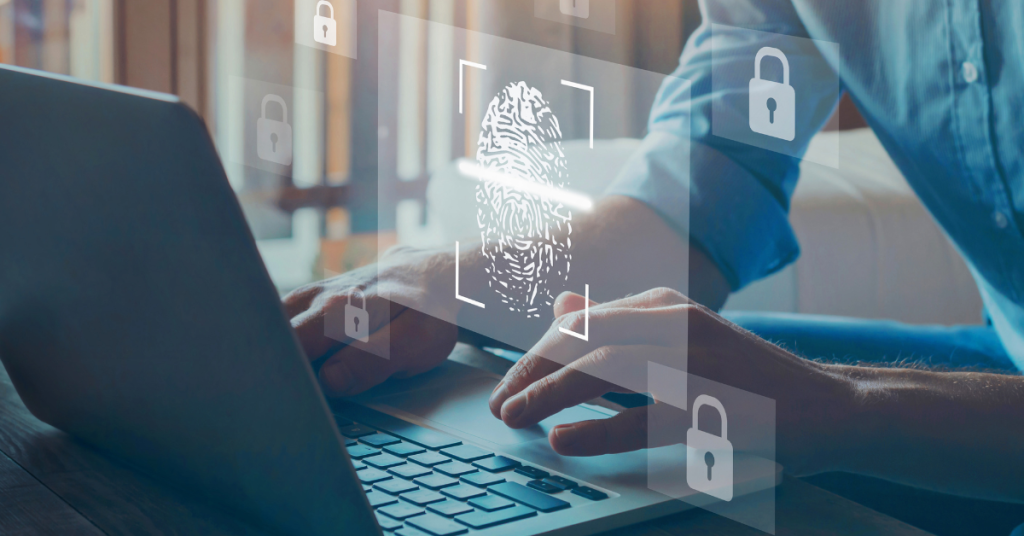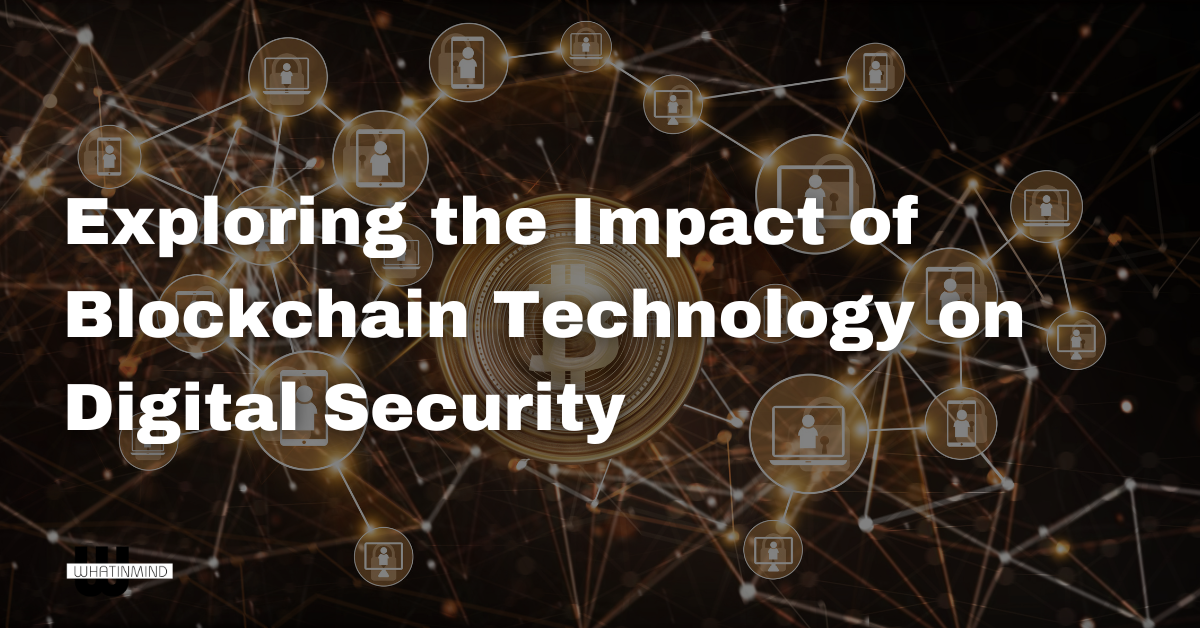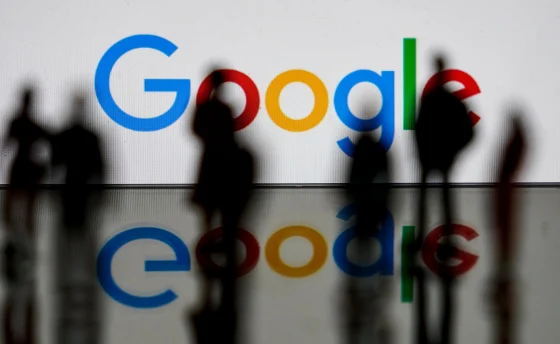Exploring the Impact of Blockchain Technology on Digital Security
In modern technology’s vast and complex terrain, few terms generate as much buzz and interest as blockchain. Originally associated primarily with cryptocurrencies, blockchain technology has evolved into a distributed ledger system that maintains identical copies across each member computer within a network.
The technology’s resilience against data tampering comes from its ingenious use of decentralization and cryptography—a pivotal element in enhancing the security standards in the digital age.
Understanding Blockchain Basics
Decentralization, a cornerstone of blockchain, ensures that no single entity has complete control over the entire database, which mitigates the risk of centralized points of failure and data breaches. This principle has profound implications for digital trust and security and is often cited as the reason for blockchain’s increased adoption across various sectors beyond finance.
Key Takeaways
- Blockchain technology offers unprecedented security benefits in digital transactions and identity verification.
- Smart contracts enabled by blockchain technology could automate and secure business operations.
- The potential of blockchain extends beyond the current applications and promises significant advancements in cybersecurity.
The Intersection of Blockchain and Digital Security
The potential of blockchain to revolutionize the security facet of digital transactions is extensive. Blockchain’s security promise lies in its decentralized structure, which distributes the risk and prevents any singular point of vulnerability. This approach substantially decreases the chances of data tampering, making blockchain a robust tool for protecting information.
This innovative approach to managing and verifying transactions is exceptional in today’s digital age, where security breaches are alarmingly frequent. The concept of an immutable digital ledger ensures an added layer of security and trust, which makes blockchain an appealing option for sectors that manage sensitive data and transactions.
One prime example of where this technology can be utilized is on online platforms, where the best link in bio could offer users a secure gateway to access many verified apps and services without worrying about the integrity of their private data.
Blockchain’s Role in Identity Verification

Identity verification is at the core of digital security. With increased digital transactions, they ensure that the person on the other end is who they say they are, which has become ever so important. This is where blockchain comes to the rescue. By leveraging blockchain’s capabilities, we could see a paradigm shift in how identities are authenticated and managed.
The decentralized ledger that blockchain operates on can hold verified information in a secured and immutable way. This process secures one’s identity and simplifies the verification process for third parties, making it faster and more reliable. Blockchain’s model of providing control over each person’s own digital identity carries the potential to reduce identity theft and fraud significantly.
These decentralized identity verification systems stand as a testament to blockchain’s practical utility and how it’s being leveraged to promote security and privacy in an increasingly digital world.
Smart Contracts: Automation with Security
Smart contracts, the self-executing contracts with terms of the agreement between buyer and seller directly written into lines of code on the blockchain, exhibit immense potential for securing and streamlining business operations.
Their immutable nature means they cannot be altered once a smart contract is deployed, offering high reliability and transparency. This level of security in agreement execution prevents disputes and fraudulent activities, which is crucial for industries susceptible to high levels of contract manipulation.
Yet, it’s challenging. As the cryptocurrency technology behind smart contracts continues to advance, the industry is keen on addressing vulnerabilities, seeking to create more sophisticated agreements that are as secure as they are efficient. This reflects an ongoing commitment within the blockchain community to ensure intelligent contracts remain a formidable tool for secure business automation.
Future Prospects: Blockchain and Beyond
As we gaze into the horizon of technological advancement, blockchain stands out as a force poised to reshape the landscape of digital security. The future integration of blockchain within various security frameworks is inevitable but potentially game-changing for industries around the globe.
The blockchain application has garnered attention for its revolutionary capabilities but remains a burgeoning sphere ripe for further innovation. Amongst the anticipated advances are quantum-resistant blockchains, which would be capable of withstanding even the considerable computing power of quantum computers, and the integration of artificial intelligence into security protocols, which could further enhance blockchain’s effectiveness. The security concerns brought about by rapid technological change demand adaptive solutions, and blockchain technology, with its pioneering spirit, could become a key to future-proofing digital security worldwide.
Conclusion
In conclusion, understanding of blockchain’s core mechanisms is essential for grasping its full potential. To delve deeper into how blockchain operates and its growing importance across various industries, IBM presents a resource that provides foundational knowledge and explores its diverse applications, solidifying our grasp on this transformative technology.
For those keen on witnessing blockchain’s practical implementation in current cybersecurity measures, a piece by the Forbes Technology Council spotlights how blockchain applications are revolutionizing digital landscapes, demonstrating its potential in real-time security scenarios.







2 Comments